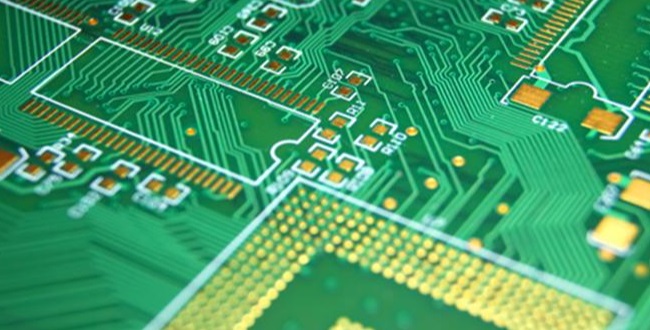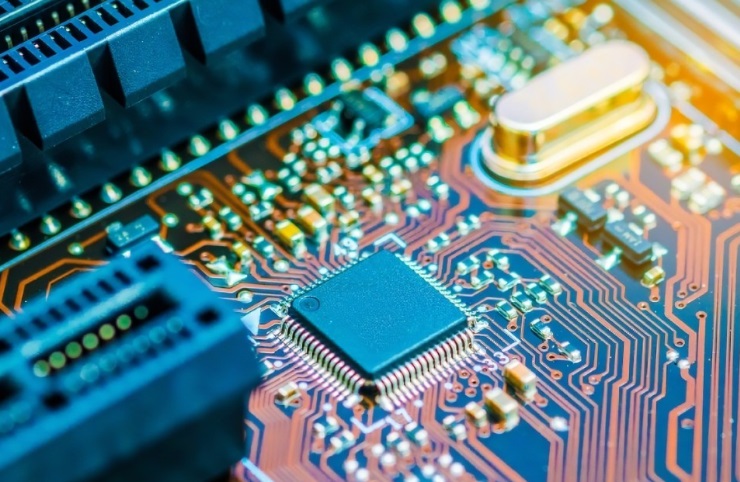Definition of a electrical circuit board the English abbreviation for printed circuit board is PCB (Printed Circuit Board).
Printed circuit board product classifications
Classification by application:
1.Civilian printed circuit boards (or Class 1 printed circuit boards): Used in general (or consumer) electronic products.
They must meet serviceability and functionality requirements.
Examples include printed circuit boards used in televisions, electronic toys, and cameras.
2.Industrial PCBs (or Grade 2 PCBs): Used in professional electronic products. They require high performance and durability. Examples include PCBs used in computers, communications equipment, and instrumentation.
3.Military PCBs (or Grade 3 PCBs): Used in high-reliability electronic products. These products require continuous operation or emergency response, and cannot tolerate downtime. Examples include PCBs used in
flight controllers, life-saving devices, and cardiac regulators.

electrical circuit board
Grades 1, 2, and 3 PCBs have significantly different price/performance ratios.
Grade 3 PCBs have the most stringent requirements and are suitable for military, aerospace, aviation, and life-critical electronic products. They offer the highest price/performance ratio, over 10 times that of Grade 1 PCBs. Processing and manufacturing companies must comply with the national military standard system certification. When customer design requirements are unclear, Grade 2 (or Class B) PCB product quality standards are implemented.
Classification by Structure:
(1) Single-Sided electrical circuit board PCB (SPCB)
(2) Double-Sided PCB (DPCB)
(3) Multi-Layer PCB (MLPCB)
(4) High-Density Interconnected/Build-Up Multilayer PCB (HDI/BUM PCB)
(5) Electrical Optical Circuit Board (EOCB)
(6) Multifunctional PCB (MFB)
Classification by Base Material: Common copper-clad laminates include: phenolic paper, fiberglass cloth (or polyimide glass cloth), epoxy resin (or polytetrafluoroethylene), copper foil, and fillers (used for high-performance or special requirements).

electrical circuit board
A. Paper-Based PCBs: PCBs made with copper-clad phenolic paper (kraft paper, cotton core paper, or epoxy paper) are available in single- or double-sided versions.
Examples include FR1 (phenolic, economical, flame-retardant). FR2 (phenolic, high electrical properties, flame retardant). FR3 (epoxy, high electrical properties, flame retardant). This type of substrate can be cold or hot punched, notched, or contoured, and can be used for single-sided or NPTH double-sided PCBs, or carbon paste filled double-sided PCBs.
B. Glass cloth-based PCBs: PCBs made with epoxy glass cloth-clad copper laminates, available in single-sided or double-sided versions. Examples include FR4 (flame retardant) and FR5 (high-temperature resistant, flame retardant) glass cloth-clad copper laminates. Alternatively, PCBs made with polyimide glass cloth (GPY) or polytetrafluoroethylene (GT, GX, GY) glass cloth-clad copper laminates.
C. Composite PCBs: PCBs made with epoxy/glass core (CEM3, flame retardant) copper laminates. This substrate exhibits the characteristics of Class B substrates and is suitable for punching, notching, contouring, and can be used for PTH double-sided PCBs. D. Special Substrate Printed Circuit Boards: These are made using a metal (e.g., Al, Fe) substrate (1.0 mm thick) + resin + copper foil (10Z, 20Z, 30Z, 40Z) to create a metal-based copper-clad board, or a ceramic-based copper-clad board (e.g., Al2O3, SiO2, AlN, SiC) substrate sintered and pressed with copper foil.
Classification by Rigid/Flexibility: A. Rigid Printed Circuit (conventional PCB), also known as a rigid board.
B. Flexible Printed Circuit (FPC), often called a soft board or flexible board, may or may not have a flexible cover film.
C. Rigid/Flexible Printed Circuit (RFPC), where the flexible substrate interconnects the conductive pattern on the rigid substrate in the rigid-flex interface.
High-density/build-up printed circuit boards (PCBs) have become a new generation of products. The development of electronic products requiring "lightness, thinness, shortness, smallness, and multifunctionality" has driven the high integration of components. PCBs are evolving towards high-density HDI (High Density) or BUM (Build-up Multilayer), becoming the most promising new generation of products. Market and customer requirements for HDI/BUM PCBs include high density, multilayering, high-frequency impedance characteristics, heat dissipation, electromagnetic shielding, flexibility, high reliability, and environmental performance. Therefore, PCB processing has become a key technical project in electronic product development and a specialized technical commodity among electronic components.
Hope you will have a good command of electrical circuit board!